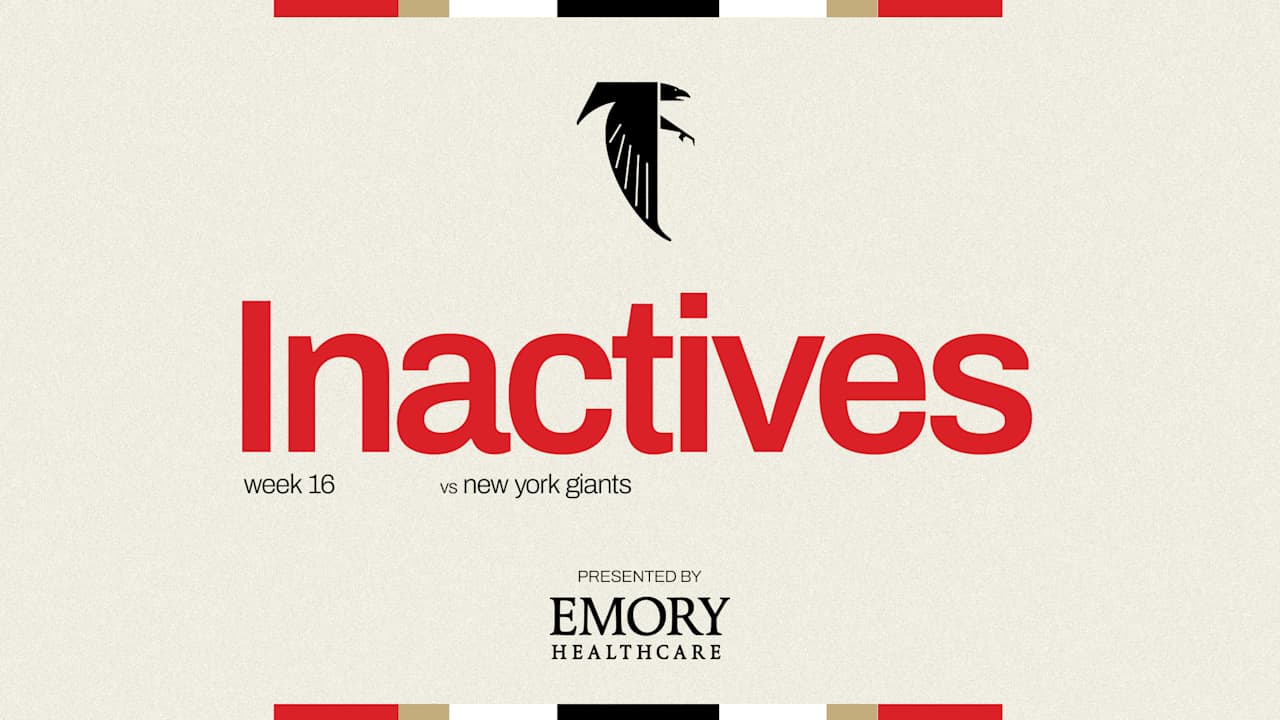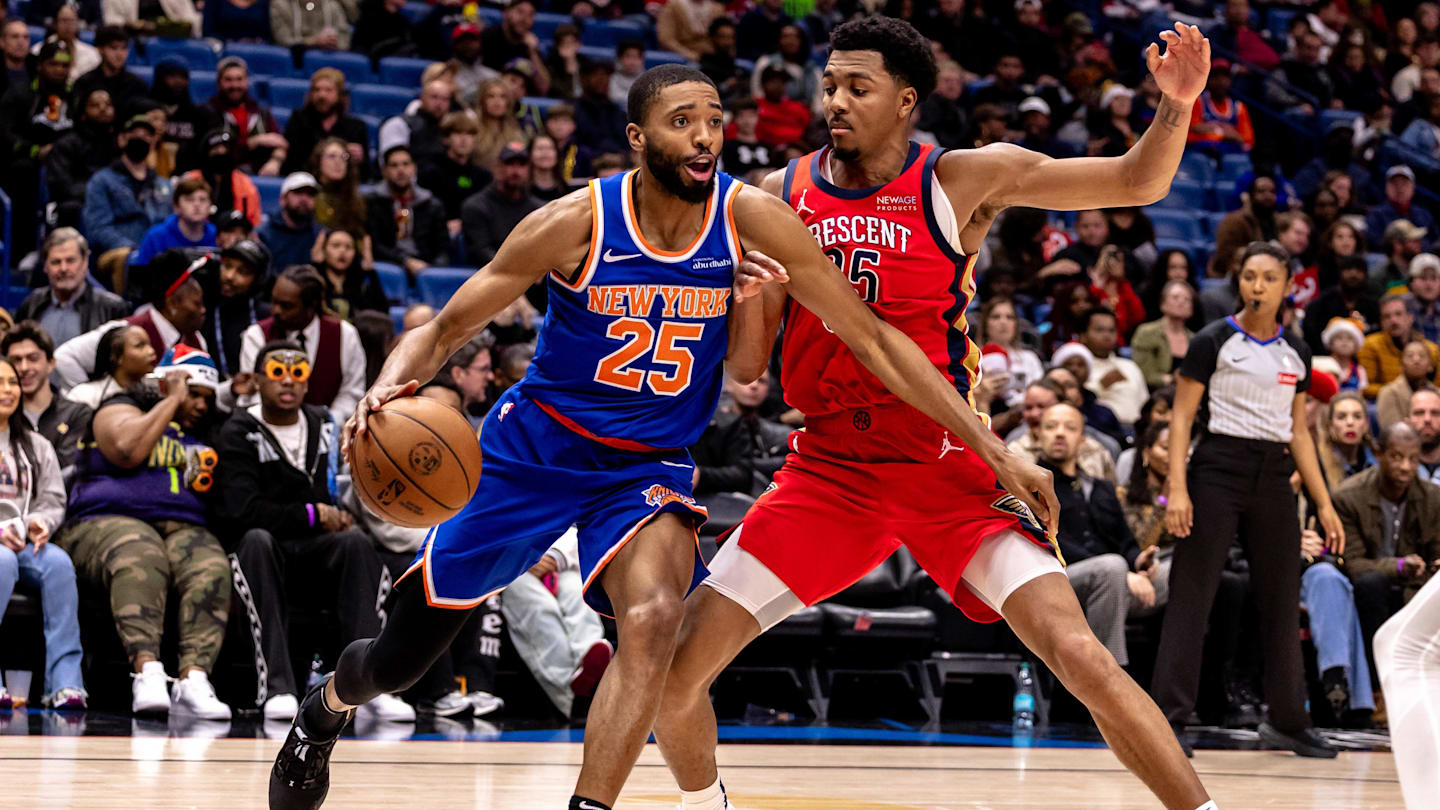Billings-born Ashley Kyle Miller has been dancing since she was 5 years old.
She moved to New York City to jumpstart her career in dancing, where she would perform in many off-Broadway and regional productions, rolling her ankle occasionally along the way. A year ago, she rolled it again, while visiting family in Montana. This time was different. This time, it didn’t click back into place, and she was in pain.
Ashley Kyle Miller performs on stage at the Alberta Bair Theater on Tuesday, Apr. 23.
She rushed in to see Billings Clinic’s orthopedic foot and ankle surgeon Dr. Michael Brage. The thought of her injury becoming career-ending filled her with dread. She went in for her consultation, assuming she would be required to undergo surgery. After X-rays and consulting with Brage though, her spirits lifted. She could continue dancing, and she didn’t require surgery until she’s done dancing, he told her.
People are also reading…
“Mobility has always been very important to me, very central to how I live my life,” she said. “It was just so nice to have the reassurance of someone who’s had many, many years specifically working on ankles and could give me some really concrete information.”
To her relief, Brage prescribed a non-surgical preventative plan to keep her mobile and extend her dancing career for as long as possible, before resorting to the alternative.
“The goal is to keep her dancing,” Brage said. “While the outcomes of surgery for ankle instability are quite good, every surgery can have complications or unforeseen events. These complication rates are low. However, if surgery was done to stabilize Ashley’s ankle and there was a complication, it could be career ending.”

Ashley Kyle Miller performs on stage at the Alberta Bair Theater on Tuesday, Apr. 23.
Almost every foot and ankle condition have both nonsurgical and surgical treatments, he said.
“In general, I try to maximize nonsurgical care for patients with any condition,” Brage said. “Often, nonsurgical care will be effective. When the pain and function become too severe for a patient, then surgery is recommended.”
Brage instructed Miller to take physical therapy, to tape her ankle while dancing for the foreseeable future, and to always provide quality support for her ankle.
Miller’s ankle is “grossly unstable,” Brage said. “The taping provided the stability she needs to dance. Taping does not permanently correct her ankle instability, but it acts like a brace so that she can function.”
All surgeons and practitioners’ goals are to reduce pain and correct deformities, so their patient has a functional extremity, he said. Many things are taken into consideration when considering surgery, Brage said, such as how disabling the patient’s condition is, how badly their quality of life is being interfered with, medical conditions that may affect recovery, and others.
“Tobacco use must also be discussed, because surgical outcomes are poorer in smokers,” Brage said. “Patients with chronic medical conditions will need to see their primary care doctor or internist to make certain their health is optimized (before surgery).”
Miller wears compression socks, lace-up boots and high-top sneakers now, when she’s walking the streets of New York, walking up the stairs to her fifth-floor walk-up apartment, or hiking the mountains of Montana. Although Brage told Miller to return to him once she’s finished dancing, to consider surgery, she hopes not to for many years to come.

Ashley Kyle Miller stretches before performing on stage at the Alberta Bair Theater on Tuesday, Apr. 23.
It was because she is strong and healthy that she’s able to maintain taping her ankle for however many more years she wants to keep dancing, she said. She’d appreciated him being clear with her that completing surgery may not guarantee her the same mobility she has now, hence, to return afterward.
“A lot of times, you think that surgeons just want to cut, you know, their job is to perform surgery, but he really listened to my concerns and my goals and my lifestyle needs,” Miller said. “I’m very lucky and fortunate that I have that flexibility. Dancing has always been a very important part of my life. I’m back in my dance shoes and living my life again.”











